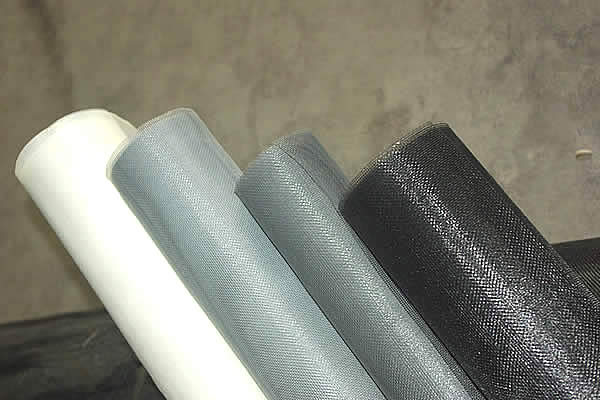 TEL:
+86-13102802206
TEL:
+86-13102802206
 Email:
fencenetting@china.com
Email:
fencenetting@china.com
 Language
Language
 TEL:
+86-13102802206
TEL:
+86-13102802206
 Email:
fencenetting@china.com
Email:
fencenetting@china.com
 Language
Language


Replacement Screens for Doors and Windows A Comprehensive Guide
When it comes to home improvement, few updates can enhance both comfort and aesthetics as effectively as replacing screens on windows and doors. Over time, screens can become damaged or worn, allowing insects to infiltrate your living spaces while compromising your view of the outside world. Fortunately, replacing your screens is a straightforward task that can rejuvenate your home’s ambiance while also boosting its functionality.
Why Replace Screens?
The primary function of screens is to keep pests out while allowing fresh air in. However, screens can become torn, punctured, or completely detached. This deterioration not only lets insects enter but can also detract from your home's appearance. Additionally, a well-maintained screen can improve energy efficiency by promoting proper ventilation without compromising on comfort.
Types of Replacement Screens
When considering replacement screens for doors and windows, homeowners have several options to choose from
1. Fiberglass Screens These are the most common type of screen and are durable and affordable. They resist rust and corrosion, making them ideal for homes in humid environments. They also come in a variety of colors to complement any home décor.
2. Aluminum Screens Aluminum screens are highly durable and offer resistance to weather conditions, making them long-lasting. However, they can be prone to denting, so careful handling is required when installing or cleaning them.

3. Retractable Screens A newer option in the market, retractable screens are designed to disappear when not in use, providing an unobstructed view. These screens are available for both doors and windows and can be an elegant addition to modern homes.
4. Solar Screens Designed to block out UV rays and reduce glare, solar screens can help control indoor temperatures. They are effective at providing shade, which can lead to energy savings during hot summer months.
Installation Process
Replacing screens might seem daunting, but it is typically a manageable DIY project. The first step is to measure the dimensions of the window or door frame to ensure a proper fit for your new screen. Next, remove the old screen, taking care to preserve the frame if possible. Once the old screen is removed, you can proceed to attach the new screen material. Most screens come with instructions, but basic tools like a staple gun or screen spline tool will be needed.
After securing the new screen, reinstall the frame and make any final adjustments to ensure a snug fit. Regular maintenance, such as cleaning and checking for damage, will extend the lifespan of your new screens.
Conclusion
Replacement screens for doors and windows are an essential element of home maintenance. They not only enhance the visual appeal of your home but also improve comfort and air circulation. Whether you choose fiberglass, aluminum, retractable, or solar screens, the process of replacement is relatively straightforward and can be accomplished as a DIY project. With a little effort and planning, new screens can make a significant difference in your home’s livability and aesthetic charm. So, take the time to assess your screens; a seamless blend of beauty and functionality awaits!